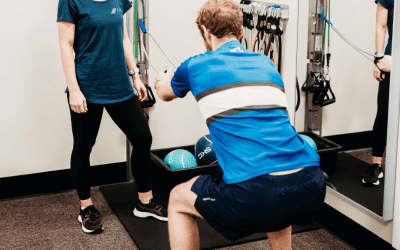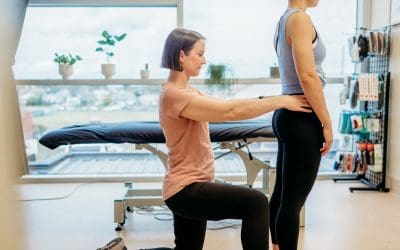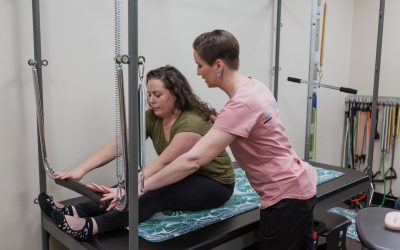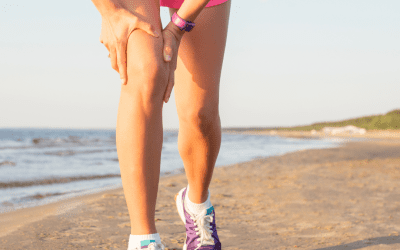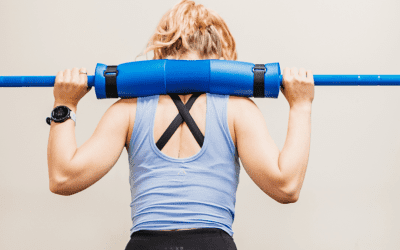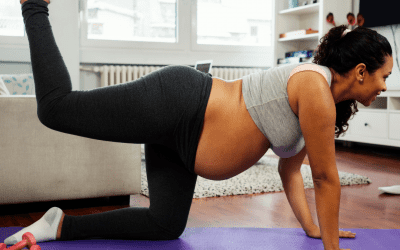Have you been told you have cardiovascular disease? It's quite common, around 1 in 6 Aussies have cardiovascular disease. It’s a group of disorders that affect the heart and blood vessels which commonly lead to a heart attack or stroke. This may be...
Home »
Three things to consider when exercising with Dysautonomia
Dysautonomia is a group of conditions associated with an impairment to the Autonomic Nervous System. This is our body’s “auto-pilot” control system in charge of in-voluntary functions, such as breathing, heart functions, body temperature control,...
Can exercise help your PCOS?
Polycystic Ovary Syndrome (PCOS) is a chronic endocrine condition characterised by insulin resistance, inflammation and anovulation (when an egg is not released from your ovaries). It affects roughly 12-18% of women during their reproductive life,...
Why it’s important to “Bank” muscle as you age
In the clinic we see a number of what we call, ‘tendon pain clients’, which means patients with “grumbly” hips, knees or shoulders. These tendons can be painful to lie on at night, get really sore the day after activity, and can lead to imbalances...
How exercise can manage your diabetes
Diabetes is a common chronic metabolic condition that affects over 1.2 million Australians. That’s a huge percentage of the population and it’s growing each year. If you have diabetes, you probably have elevated blood sugar levels, which over-time...
The Benefits of Exercise with a Current Cancer Diagnosis
The Benefits of Exercise with a Current Cancer Diagnosis Exercise has many health benefits for your physical and mental well-being, but did you know that it’s even more important when you’ve been diagnosed with cancer? In this blog, we look at how...
An ACL injury: what to expect and how to treat it
An ACL injury: what to expect and how to treat it An anterior cruciate ligament (ACL) injury (that one where your knee ‘pops’) is one of the highest occurring injuries. An ACL not only means a delayed return to sport but an increased likelihood of...
Strength Training for Bone Health and Osteoporosis
Strength Training for Bone Health and Osteoporosis Osteoporosis is a skeletal disorder where your bone mass and density decreases, leading to a higher risk of fracture. Unfortunately, it's a common problem for many Aussies. In fact, nearly 1...
What is a Bone Stress injury and how to treat it
What is a Bone Stress Injury and how to treat it? Bone Stress Injury. It sounds pretty serious, doesn’t it? A bone that’s stressed from an injury. But what does it actually mean? Well, a bone stress injury occurs when you repeat the same...
How Exercise can help with Chronic Pain
How Exercise can help with Chronic Pain We know - exercise is the last thing you want to do when you’re in chronic pain but the evidence shows structured exercise can actually reduce your symptoms of chronic pain and improve your quality of life...
How CARS can help you recover from an injury
How CARs can help you recover from an injury In this short blog, we explain what CARs means and how using it can help you recover from an injury. First of all, what is CARs (we assume it’s not the film)? Good question. “CARs” stand for Controlled...
How to adapt your exercise for each trimester of pregnancy
How to adapt your exercise for each trimester of pregnancy Firstly, just to clarify - YES, it is safe to workout when you’re pregnant. In fact, there’s a lot of positive evidence supporting the benefits of doing exercise when you’re expecting a...

